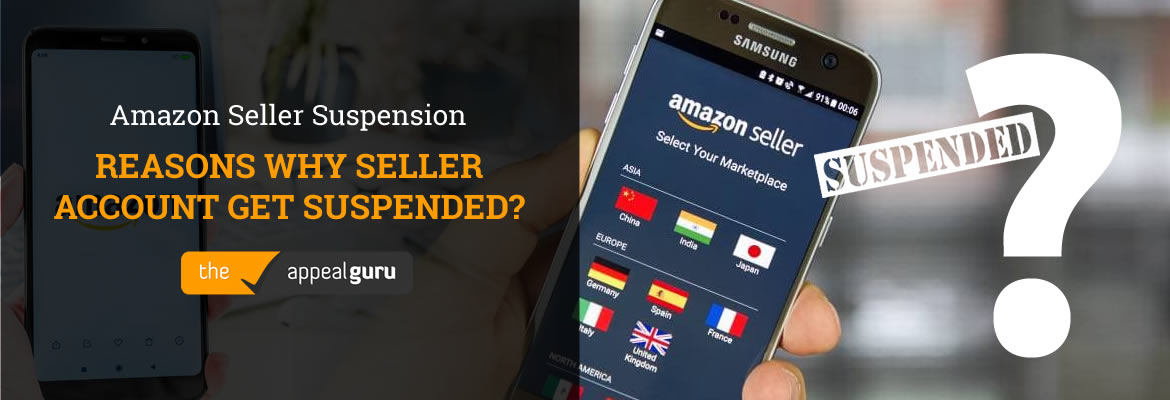You excitedly post your product and service listings on Amazon. A few hours later, amazon marked your listings for “Intellectual Property and Trademarks” Violation. If this happened or is happening to you, you are a victim of Amazon’s complicated and confusing “Anti-Counterfeiting Policy.” We will delve later on the several reasons why this hassle is happening to you, but first, let’s have a read through of Amazon’s anti-counterfeiting policy.
The Amazon Anti-Counterfeiting Policy

Amazon promises to offer an honest and trustworthy service by selling only authentic products on their site. So, they are quite strict in filtering products and sellers. As a seller, Amazon expects you to abide by the following rules:
- You should not sell counterfeit products;
- You are prohibited in selling illegal product replication and reproduction;
- You are expected to provide documents as proof of product authentication;
- Comply with all the policies regarding Amazon products, whether federal, state, or local.
These are the general rules that you need to abide by to avoid counterfeiting tags, legal issues, withheld funds, loss of selling privileges, and more. Now, let’s see some common reasons why Amazon is tagging your listings as against their counterfeiting policies
The Common Reasons Why Amazon Is Tagging Your Listings as Against Their Counterfeiting Policies

You Are Selling Fake or Counterfeit Products:
Obviously, this is the first and basic reason why your products are tagged as counterfeits. Examples of products that are eligible for counterfeit tags are:
- Fakes or pirated products;
- Products that are illegally manufactured;
- Products that violate the intellectual property rights of an authentic product;
- Illegally reprinted logos.
You Failed to Provide the Necessary Documentations That Amazon Needs In order for You to Not Be Tagged as A Counterfeit:
You have to provide documents to Amazon (if they ask you) that shows that your listing is authentic. Amazon sometimes requires invoices and authorizing certificates.
Your products were detected as counterfeit by the stakeholders (content owners, brand owners, rights holders, original manufacturers, and the likes):
Brand owners can alert Amazon if they see any of their products illegally sold.
What Action You Can Take If Amazon Wrongly Tagged You for Violations?
Copyright Infringement:

- A counter-notice to the email address Amazon used for your warning letter. Make sure to attach the following features to your letter:
- Physical or electronic signature.
- The identification and location of the removed material.
- Your statement that you posted the product in good faith and without any malice.
- Your full name, address, telephone number, and a statement of consent to any state jurisdiction covering the product’s rights.
Patent Infringement:
Briefly reply to the warning email sent to you. Your reply should be a concise explanation as to why you are wrongly accused of patent infringement.
A Product That You Didn’t Post on Amazon:
Briefly reply to the warning email sent to you stating that you have been mistakenly tagged for the wrong product.





